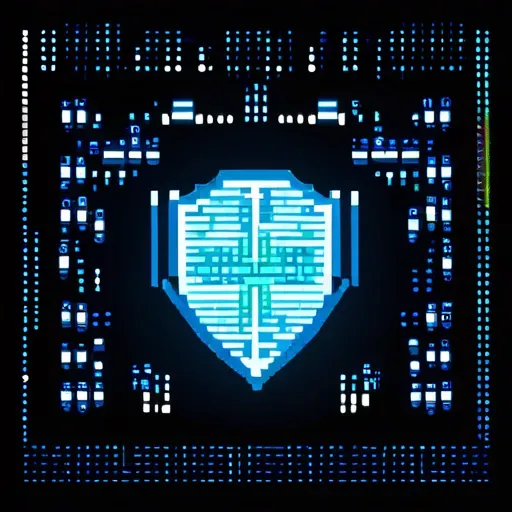
New Defense Mechanism BAN Enhances Backdoor Detection in Deep Learning
/ 3 min read
Quick take - The article discusses the emergence of backdoor attacks on deep learning models as a significant concern, highlighting the development of a novel defense mechanism called BAN, which improves detection speed and accuracy while maintaining benign model performance across various datasets and architectures.
Fast Facts
- Backdoor attacks on deep learning models are a growing concern, prompting the need for effective detection and mitigation strategies.
- A novel defense mechanism called BAN (Backdoors activated by Adversarial Neuron Noise) enhances detection by leveraging neuron activations and adversarially increasing model loss.
- BAN significantly outperforms existing methods, achieving detection speeds 1.37 times faster on CIFAR-10 and 5.11 times faster on ImageNet200, with an average detection success rate improvement of 9.99%.
- The mechanism maintains high benign accuracy while effectively reducing backdoor attack success rates across various attack types and datasets.
- BAN’s fine-tuning process requires only 5% of training data, demonstrating scalability and efficiency in detecting backdoored models compared to traditional methods.
Backdoor Attacks on Deep Learning Models
Backdoor attacks on deep learning models have emerged as a significant concern within the research community. This has prompted the need for effective detection and mitigation strategies. Current defenses largely rely on backdoor inversion techniques, which are model-agnostic and suitable for real-world applications. State-of-the-art methods work by recovering a mask in the feature space that differentiates between benign and backdoor features.
Challenges in Existing Detection Methods
However, existing backdoor detection methods face challenges. Methods like FeatureRE, Unicorn, and BTI-DBF encounter high computational overhead and depend on prominent backdoor features. In response to these challenges, a novel defense mechanism has been proposed, known as BAN (Backdoors activated by Adversarial Neuron Noise). BAN enhances backdoor detection by incorporating additional information from neuron activations. The mechanism operates by adversarially increasing the loss of backdoored models relative to their weights, facilitating the differentiation between backdoored and clean models.
Performance and Effectiveness of BAN
Experimental evaluations reveal that BAN significantly outperforms existing methods. BAN achieves detection speeds that are 1.37 times faster on the CIFAR-10 dataset and 5.11 times faster on ImageNet200 compared to BTI-DBF. It shows an average detection success rate improvement of 9.99% and has demonstrated consistent performance across multiple datasets, including CIFAR-10, Tiny-ImageNet, and ImageNet200. BAN maintains a high benign accuracy rate while greatly reducing the success rates of backdoor attacks.
The effectiveness of BAN extends to various backdoor attack types, including adaptive attacks like Adap-Blend and SSDT. It is capable of handling diverse scenarios such as all-to-one and all-to-all attacks. The fine-tuning method employed in BAN optimizes neuron noise, ensuring the preservation of benign model performance while minimizing the success of backdoor attacks. Remarkably, this fine-tuning process requires only 5% of the training data and achieves its defense objectives with minimal impact on benign accuracy.
Comparative evaluations further demonstrate that BAN surpasses baseline methods, including Neural Cleanse, Tabor, FeatureRE, Unicorn, and BTI-DBF. BAN excels across different attack scenarios and is notable for its time efficiency in detection, requiring less time than other defenses. This indicates its scalability with increasing dataset sizes and model complexities.
The detection approach of BAN involves perturbing model weights using adversarial neuron noise to maximize classification loss on clean data. A mask in the feature space is utilized to enhance the clarity of detection, separating benign and backdoor features. BAN stands out as a robust and efficient defense mechanism against backdoor attacks, demonstrating superior performance in accurately detecting backdoored models compared to traditional methods. Its scalability, efficiency, and consistent success are notable, performing well across various datasets and architectures, including ResNet18, VGG16, and DenseNet121. This underscores its potential as a leading solution in the ongoing battle against backdoor threats in deep learning.
Original Source: Read the Full Article Here


